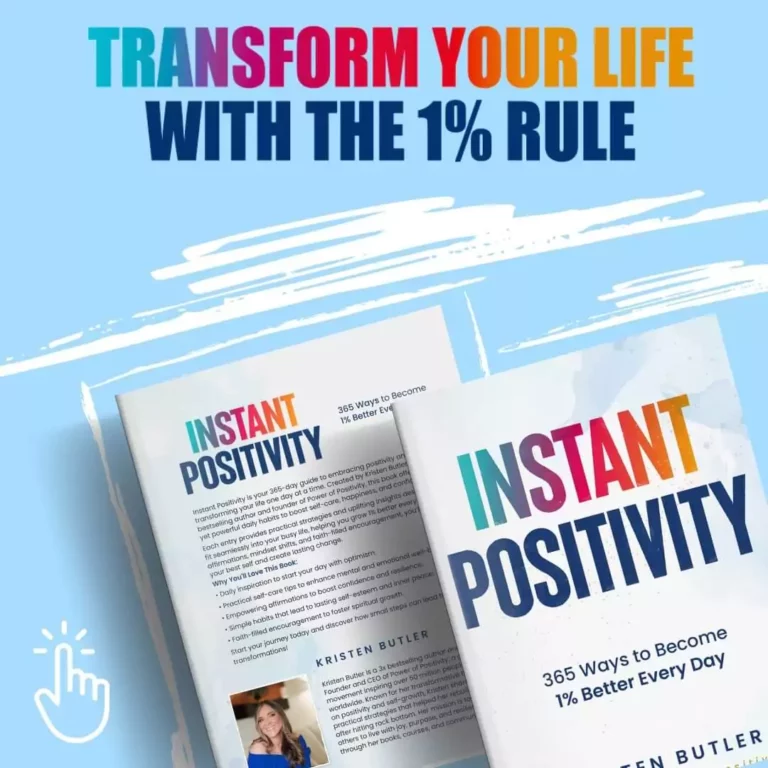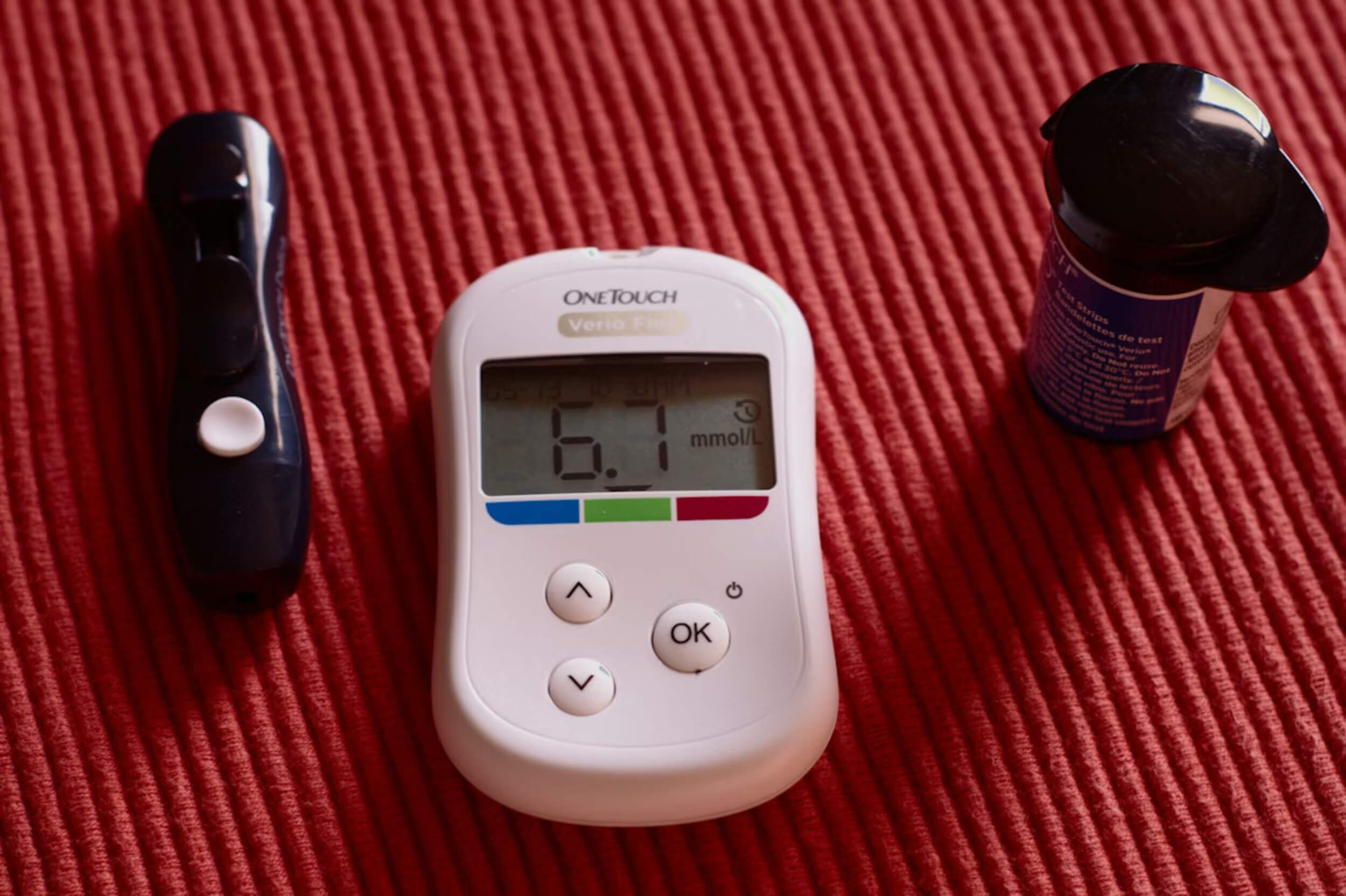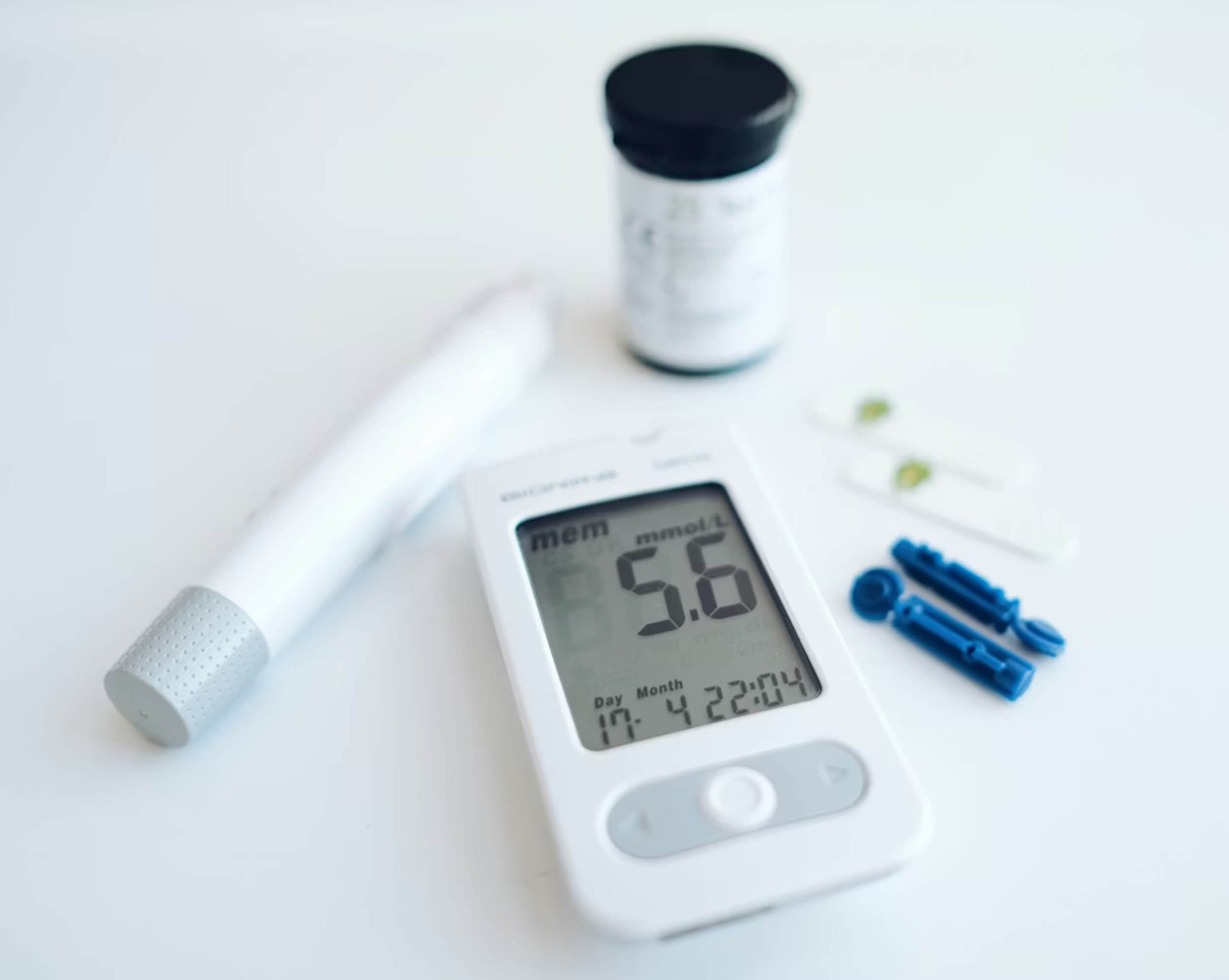It starts small. A slow driver cuts you off. Someone leaves dirty dishes in the sink—again. That one email comes in with just the right tone to make your chest tighten. You’re not yelling, but your body is already halfway there—and that’s when the right trick can help you cool down before things spiral.
Anger doesn’t always look loud. Sometimes it simmers in silence—tight jaw, shallow breath, clenched hands. And it’s easy to miss the warning signs until it’s too late.
This is the space no one teaches you about: the quiet buildup. But this is also where the biggest shift can happen. There are simple things that can help you cool down before you reach your breaking point. You don’t have to shout, storm out, or shut down. Some of the best tools are quiet, easy to do, and barely noticeable to anyone else—but they work.
What Happens Inside You When Anger Starts Rising
Sometimes your body reacts before your brain even catches up. Your shoulders stiffen. Your voice changes. You might snap back, go quiet, or feel like walking away. That doesn’t make you too emotional—it means your body thinks something isn’t safe.
Anger isn’t just yelling. It’s a full-body signal that your system feels pushed, ignored, or overwhelmed. And the longer it builds, the harder it is to stay in control. Some common signs you’re heading toward that boiling point include:
- A tight feeling in your jaw or chest
- Shorter, sharper replies
- Holding your breath or breathing fast
- Restlessness or pacing
- The sudden urge to leave or shut down
The goal isn’t to ignore the feeling. It’s to redirect it before it runs the show. That’s where small physical tricks can help you cool down fast. These moves are simple, quiet, and nobody around you has to notice.
3 Things You Can Do With Your Body (That No One Will Notice)
You don’t need to leave the room or explain anything to anyone. These three subtle moves work with your body—not against it—and each one is designed to help you cool down before things boil over.
1. Pinch Your Thumb and Finger Together
It may sound too simple to work, but it’s powerful. Lightly press the pad of your thumb against the side of your index finger and hold it. Keep the pressure steady. You can do this in a meeting, on the phone, or while listening to someone talk.
This gives your mind something else to notice besides your frustration. Some people use it as a calming signal—a way to shift focus just enough to stay steady. It’s quiet, quick, and always available.
2. Ground Your Feet Hard into the Floor
Feel the floor under your shoes. Press your heels down. Spread your toes if you can. When you do this, you pull your awareness out of your head and into your body.
This grounding trick works because it tells your nervous system: “We’re here. We’re okay.” Instead of letting your brain run the moment, your body gently takes the lead. It’s a simple way to help you cool down fast when your thoughts are getting loud.
3. Lengthen Your Exhale
Most people try to “take a deep breath,” but the real shift happens when you slow your exhale. Try breathing in through your nose for four counts, then out through your mouth for eight.
You don’t need to sigh or make noise. Just let the air out slowly, like you’re trying not to blow out a candle. This signals calm to your brain, helps your heart rate drop, and gives you just enough space to feel a little more in control. Use it anytime you need to help you cool down—especially when words feel too hard to find.
4 Clever Ways to Quiet Your Mind Without Saying a Word
Your body might look calm, but your thoughts are going a mile a minute. That buzzing in your head? It’s the mental version of pacing back and forth. You don’t need to speak or explain anything—you just need something quiet to shift the gears. These quick mental moves can help you cool down when your brain is close to snapping.
1. Mentally Label What’s Happening
Putting a name to the feeling gives you space from it. Tell yourself, “This is frustration” or “This is anger showing up.” It’s a way to step back from the chaos and see it from the outside. You’re not stuffing it down—you’re watching it instead of reacting. That shift is small but powerful. It’s one of the quietest ways to help you cool down without anyone noticing.
2. Picture a Stop Sign
A bold red stop sign in your mind is a strong visual signal. It sounds odd at first, but it works like a quick mental brake. When your temper flares and your reaction is about to come out sharp, that stop sign tells your brain to pause. Just a second of mental space can help you cool down before doing or saying something you’ll regret. This works fast, especially when you don’t have time for a full reset.
3. Count Something You See
Look around and quietly count objects near you—floor tiles, books, pencils, chairs, anything. This pulls your brain out of emotional mode and into problem-solving mode. It’s not about the number—it’s about the switch in focus. Counting is one of the simplest ways to ground your thoughts without anyone knowing you’re even doing it.
4. Use a “Quiet Phrase” on Repeat
Repeating a calming phrase in your head is like giving your mind a steady rope to hold onto. Phrases like “Not now,” “Stay steady,” or “Breathe, don’t react” keep you anchored when emotions try to take over. Pick one that feels natural and say it silently when things heat up. It doesn’t fix the situation, but it gives you a second to choose a calmer path—and that alone can help you cool down before it spills out.
When You Can Step Away, Try One of These Simple Resets
There are moments when staying put makes things worse. If you can, even a short step away can release pressure and bring clarity. These quick actions take less than a minute, but they give your body what it needs: a break from the heat.
1. Cold Water Reset
Walk to the sink and run your hands under cold water. Let it hit your wrists or splash your face if you need to. That sudden cool temperature signals your body to shift out of “fight” mode and into calm. It’s fast, easy, and helps you cool down both inside and out. If you’re near a fridge, even holding a cold can or a chilled spoon can work too.
2. The Wall Press
Stand facing a wall and press your palms against it. Lean in just enough to feel your muscles engage. This gives your body a focused release for all that built-up tension. You’re not pushing the wall down—you’re just giving the energy somewhere to go. Ten seconds here can do more than a deep breath when you’re already on edge. It’s one more way to help you cool down without needing to explain a thing.
What Actually Doesn’t Work (Even Though Everyone Tries It)
Some advice sounds good but doesn’t help when you’re close to blowing up. People say, “Count to ten” or “Just take a deep breath,” but if your body’s already flooded with adrenaline, those things can backfire. In fact, taking big dramatic breaths might make you feel even more on edge.
What actually helps is much smaller. Quiet actions that don’t draw attention. That’s why the calm-down tricks shared earlier work so well—especially in real-life moments when you can’t step away or talk it out. Whether you’re at work, on a call, or with family, these simple moves help you cool down before the blow-up ever happens.
Final Thoughts on Cooling Down Without Blowing Up
Anger isn’t something to be ashamed of—it’s a natural response when something feels unfair, overwhelming, or too much. What really matters is how you handle it in the moment. You don’t need to raise your voice or shut everything down to feel better.
These quiet tricks aren’t about pretending you’re fine. They’re about giving yourself a second to stay steady, so you don’t say or do something you regret. Even picking just one small habit—pressing your fingers together, breathing slower, walking away—can help you cool down before things get out of hand.
Over time, your brain learns that it has other options. That split second of pause starts to feel more natural. And little by little, you’ll feel more in control, even when the pressure hits hard.















